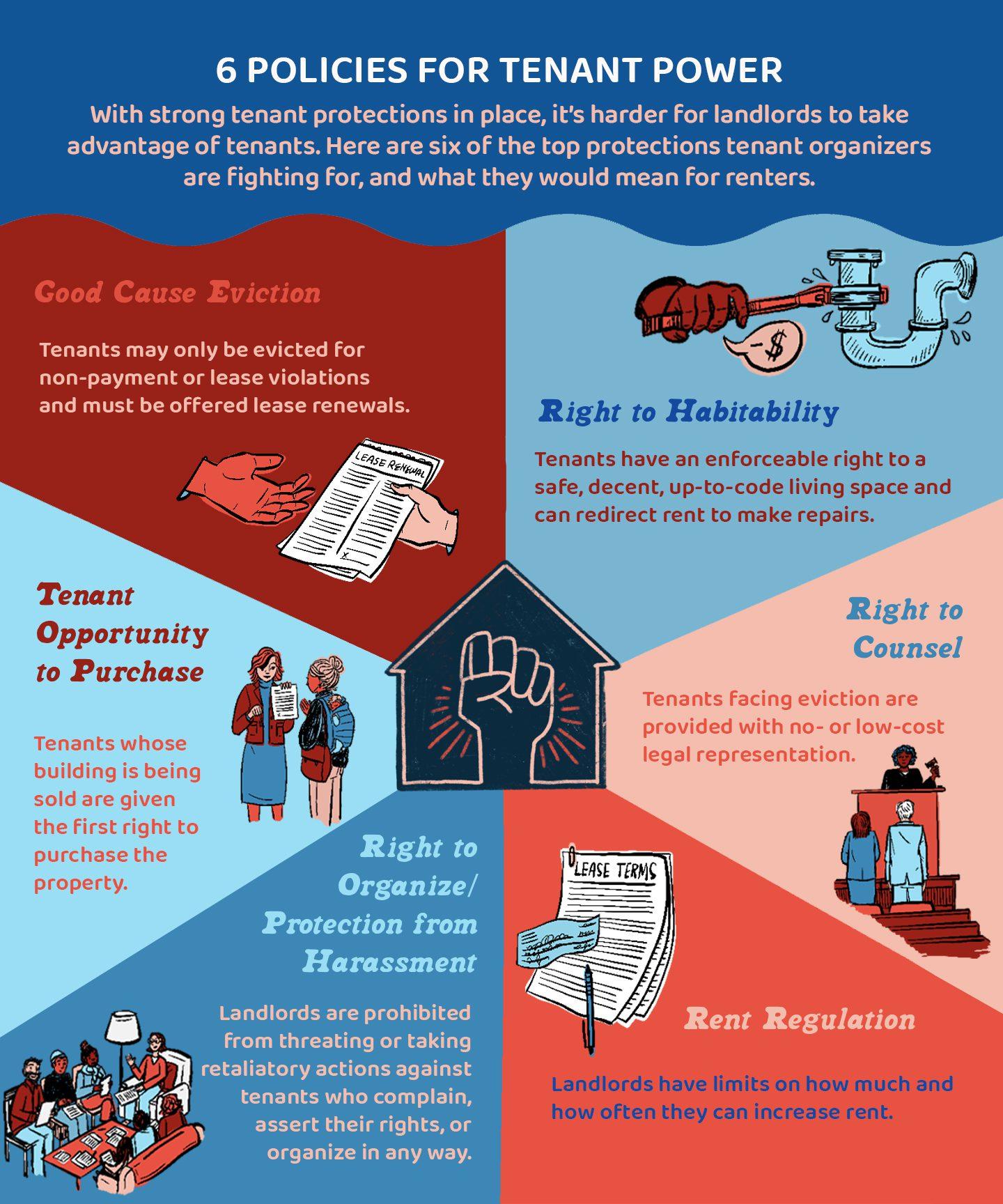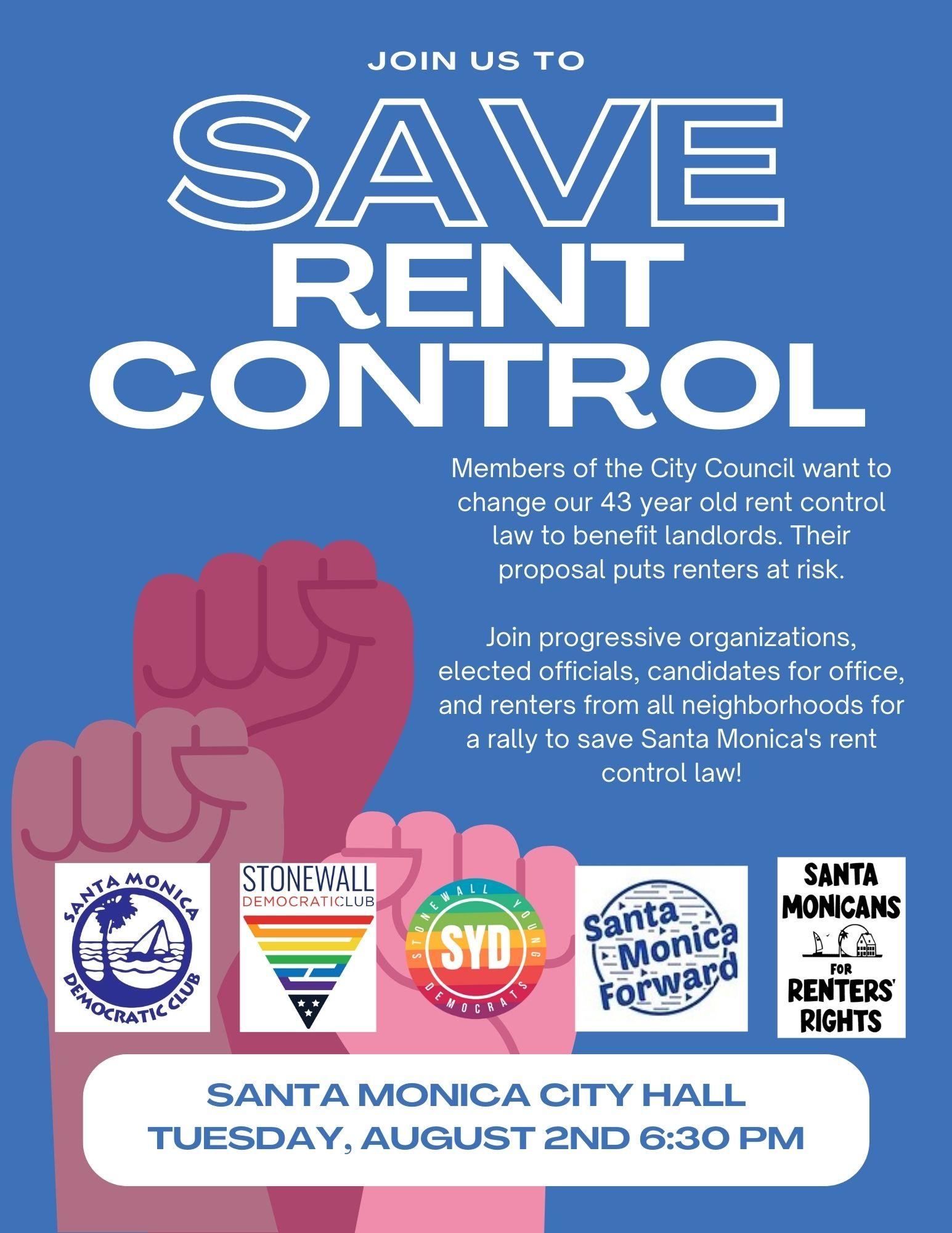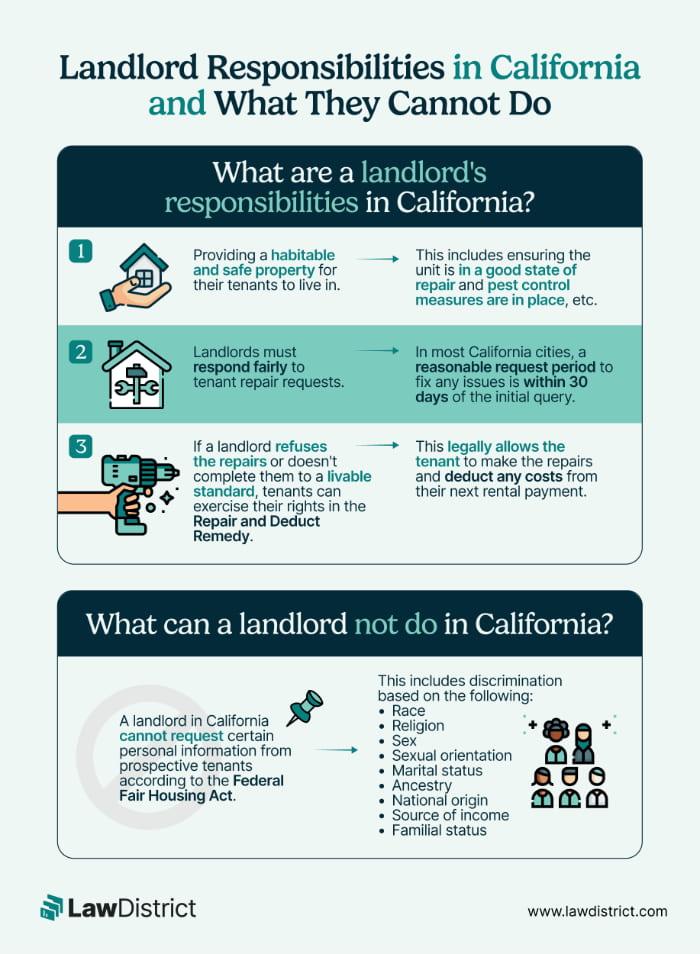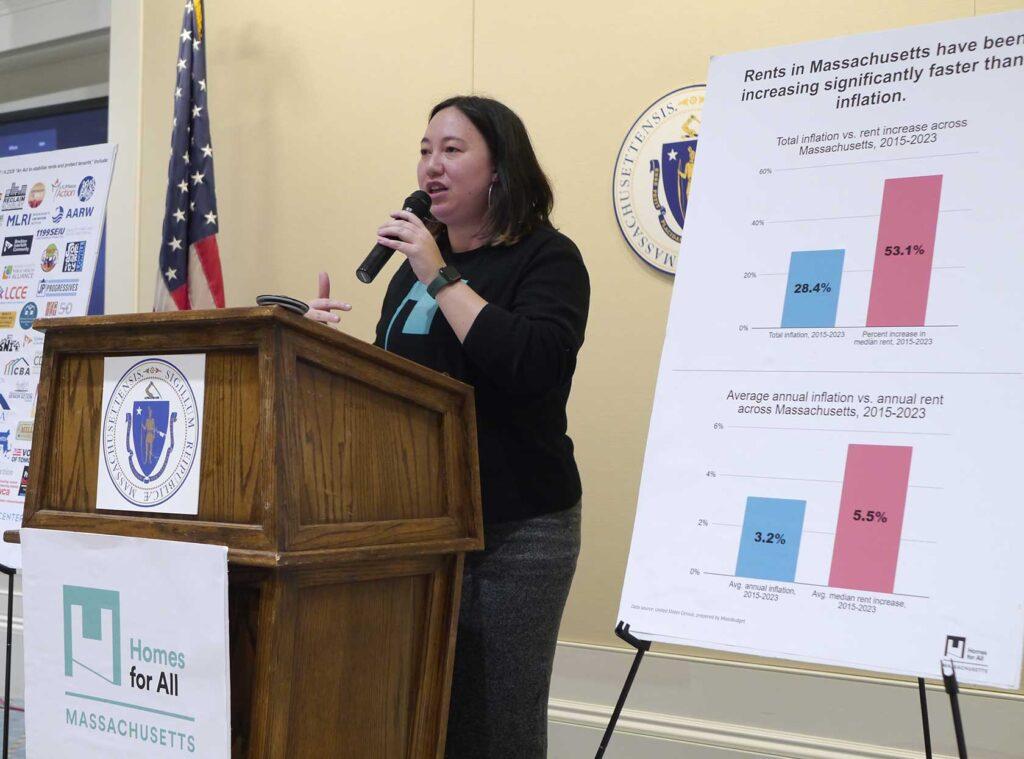In cities across the country, a quiet revolution is reshaping the landscape of rental housing. Recent rent control laws, often born from a mix of rising housing costs and growing tenant advocacy, are redefining the rules of the landlord-tenant relationship. For landlords, these changes bring a new set of challenges and considerations, prompting a careful reevaluation of property management strategies and financial expectations. This article explores what these evolving regulations mean for landlords, unpacking the implications with a balanced perspective that aims to inform and prepare those navigating this shifting terrain.
Table of Contents
- Understanding the New Rent Control Landscape and Its Impact on Property Owners
- Navigating Tenant Relations Under Enhanced Regulatory Frameworks
- Financial Implications and Strategies for Maintaining Profitability
- Legal Compliance Essentials for Avoiding Penalties and Disputes
- Proactive Measures Landlords Can Take to Adapt and Thrive
- Frequently Asked Questions
- Insights and Conclusions
Understanding the New Rent Control Landscape and Its Impact on Property Owners
Recent changes in rent control legislation have introduced a new era of challenges and opportunities for property owners. These reforms aim to balance tenant protections with the financial realities landlords face, reshaping rental markets in profound ways. For landlords, understanding the nuances of these laws is essential to navigate compliance while maintaining profitability.
One of the most significant shifts involves limits on annual rent increases, which are often tied to inflation rates or set at fixed percentages. While this offers tenants greater predictability, landlords must adjust their financial planning accordingly. Additionally, some jurisdictions have introduced stricter regulations on eviction processes and requirements for property maintenance, increasing the administrative responsibilities for property owners.
Property owners should also consider the impact on investment strategies. With capped rent growth, the traditional model of maximizing rental income through frequent increases becomes less viable. This encourages a focus on long-term tenant retention, property upgrades, and exploring alternative revenue streams such as amenities or service fees.
- Understand local variations: Rent control laws differ widely by region.
- Plan for reduced flexibility: Rent adjustments may be limited annually.
- Enhance tenant relations: Stability encourages longer leases and fewer vacancies.
- Review financing options: Lending criteria may shift under new regulations.
| Aspect | Impact on Landlords | Recommended Action |
|---|---|---|
| Rent Increase Caps | Limits income growth potential | Budget with conservative projections |
| Eviction Restrictions | Longer tenant retention periods | Maintain strong tenant communication |
| Maintenance Standards | Higher upkeep costs | Regular property inspections |

Navigating Tenant Relations Under Enhanced Regulatory Frameworks
Landlords are now navigating a landscape where tenant rights and landlord obligations are more clearly defined and, in many cases, more restrictive. This shift calls for a proactive approach to communication and documentation. Maintaining open channels with tenants not only fosters goodwill but also helps preempt disputes that could escalate under stricter legal scrutiny.
Key strategies landlords should consider include:
- Implementing transparent and detailed lease agreements that reflect updated regulations.
- Keeping meticulous records of all tenant interactions, payments, and maintenance requests.
- Offering flexibility where possible to accommodate tenants’ needs within regulatory limits.
Additionally, understanding the nuances of rent increase caps and eviction procedures is crucial. The enhanced regulatory frameworks often prescribe specific conditions under which rent can be raised and outline tenant protections against unfair evictions. Landlords who stay informed avoid costly legal challenges and preserve a positive rental environment.
| Regulation Aspect | Landlord Responsibility | Tenant Benefit |
|---|---|---|
| Rent Increase Limits | Notify in writing 60 days before increase | Protection from sudden rent hikes |
| Eviction Procedures | Follow formal legal process | Fair chance to contest eviction |
| Maintenance Obligations | Timely repairs and upkeep | Safe and habitable living conditions |
Financial Implications and Strategies for Maintaining Profitability
Adapting to the new rent control landscape requires landlords to rethink their financial models. With caps on annual rent increases and restrictions on tenant turnover adjustments, revenue streams may tighten, squeezing profit margins. This calls for a more nuanced approach to expense management and revenue optimization.
Strategic expense management becomes paramount. Landlords should conduct thorough audits of maintenance, property management fees, and utility costs to identify savings without compromising property quality. Investing in energy-efficient upgrades can reduce ongoing expenses, creating long-term financial relief while appealing to eco-conscious tenants.
Exploring alternative revenue avenues can also help balance the scales. Consider options such as:
- Introducing ancillary services like paid parking or laundry facilities.
- Offering short-term leases or furnished units at premium prices where regulations permit.
- Leveraging tax incentives or grants aimed at property improvements and sustainability.
| Strategy | Potential Benefit | Implementation Ease |
|---|---|---|
| Energy-efficient upgrades | Lower utility costs, higher tenant appeal | Moderate |
| Ancillary services | Additional income streams | Easy to Moderate |
| Tax incentives | Reduced overall expenses | Varies by location |
| Short-term leasing | Increased rent potential | Depends on regulation |

Legal Compliance Essentials for Avoiding Penalties and Disputes
Staying ahead of legal requirements is paramount for landlords navigating the evolving landscape of rent control. Understanding the precise obligations ensures not only compliance but also safeguards against costly fines and legal disputes. Landlords must keep detailed records of rent adjustments, tenant communications, and lease agreements to demonstrate adherence to the new statutes.
Key compliance strategies include:
- Regularly reviewing updated rent ceilings and permissible increase percentages.
- Implementing transparent notification procedures for tenants regarding any rent changes.
- Consulting with legal experts to interpret ambiguous provisions and local ordinances.
- Maintaining documentation of property maintenance and repairs to justify rent adjustments where applicable.
Failure to comply with these essentials can trigger administrative penalties or open the door for tenant disputes. It’s crucial to understand that rent control laws often come with strict enforcement provisions, including mandatory mediation before eviction proceedings or rent hikes. Landlords should also be aware that some jurisdictions impose retroactive penalties if violations are discovered during audits.
| Compliance Aspect | Potential Penalty | Preventive Action |
|---|---|---|
| Unauthorized Rent Increase | Fines up to $5,000 | Verify rent cap limits before raising rent |
| Failure to Provide Notice | Tenant rent abatement | Send written rent increase notices 30 days prior |
| Non-Compliance with Maintenance | Legal injunction & repair orders | Keep maintenance logs & receipts |

Proactive Measures Landlords Can Take to Adapt and Thrive
Embracing change is essential for landlords navigating the evolving landscape of rent control laws. Instead of viewing these regulations as obstacles, forward-thinking landlords can leverage them to enhance tenant relationships and stabilize income streams. One practical step is to invest in property improvements that justify allowable rent increases under the new rules. Upgrading amenities or enhancing energy efficiency not only enriches tenant satisfaction but also aligns with regulatory frameworks that permit rent adjustments tied to value-added enhancements.
Building strong communication channels with tenants can transform the landlord-tenant dynamic from transactional to collaborative. Regularly informing tenants about maintenance schedules, policy changes, and community initiatives fosters trust and reduces turnover. Consider implementing digital tools for streamlined rent collection and maintenance requests, which can improve operational efficiency and tenant experience alike.
- Review lease agreements to ensure compliance with recent laws and identify clauses that might benefit from revision.
- Diversify property portfolio by exploring different types of housing or locations less affected by strict rent controls.
- Engage with local landlord associations to stay informed and advocate for balanced regulations.
| Proactive Measure | Benefit | Example |
|---|---|---|
| Property Upgrades | Justifies rent increases | Installing smart thermostats |
| Tenant Communication | Reduces vacancies | Monthly newsletters |
| Lease Review | Ensures legal compliance | Updating rent escalation clauses |
Frequently Asked Questions
Q&A: What Recent Rent Control Laws Mean for Landlords
Q1: What are the recent changes in rent control laws?
A1: Recent rent control laws have introduced stricter limits on how much landlords can increase rent annually. These changes often include caps tied to inflation or fixed percentage limits, extended tenant protections, and sometimes restrictions on evictions. The specifics vary by jurisdiction but generally aim to make housing more affordable and stable for renters.
Q2: How do these laws affect landlords’ ability to raise rent?
A2: Landlords now face more regulated rent increases, meaning they cannot raise rents arbitrarily or beyond the legal cap. This constrains potential revenue growth and requires careful planning to balance operational costs with income. In some areas, landlords must also provide justification or documentation for rent hikes.
Q3: Are landlords still able to evict tenants under these new laws?
A3: Eviction rules have become more stringent in many places. Landlords typically need valid reasons, such as non-payment or lease violations, and must follow formal legal procedures. Some laws include “just cause” eviction requirements, protecting tenants from arbitrary displacement.
Q4: What challenges do landlords face under these rent control measures?
A4: Landlords may struggle with reduced profitability, especially if maintenance and property taxes rise faster than allowed rent increases. There is also increased administrative burden to ensure compliance with new regulations. Additionally, some fear long-term impacts on property investment incentives.
Q5: Can landlords still maintain their properties effectively?
A5: While tighter rent controls can limit income, landlords can maintain properties by prioritizing cost-effective upkeep and exploring alternative revenue streams, such as offering premium amenities or services. Some laws allow for rent increases tied to major improvements, which can help offset costs.
Q6: How might these laws influence the rental market overall?
A6: Rent control laws aim to stabilize housing costs and reduce displacement, benefiting tenants. For landlords, these laws may lead to more cautious investment and property management strategies. Over time, the market could see shifts in availability and quality of rental units, depending on how landlords adapt.
Q7: What should landlords do to navigate these changes?
A7: Landlords should familiarize themselves with local regulations, seek legal advice if needed, and communicate transparently with tenants. Investing in property management expertise and exploring creative leasing arrangements can also help landlords remain compliant and financially viable.
Q8: Are there any potential benefits for landlords under these laws?
A8: Some rent control frameworks include provisions that protect landlords from sudden vacancy losses and reduce turnover costs. Stable tenant relationships fostered by predictable rent increases can lead to longer tenancies and lower vacancy rates, which may benefit landlords in the long run.
This Q&A aims to clarify how recent rent control laws impact landlords, balancing the challenges and opportunities presented by evolving housing policies.
Insights and Conclusions
As the landscape of rental regulations continues to evolve, landlords find themselves navigating a new chapter marked by both challenges and opportunities. Recent rent control laws are reshaping the dynamics of property management, urging landlords to adapt with greater awareness and flexibility. While these changes may initially seem daunting, they also open the door to innovative approaches in tenant relations and property stewardship. Ultimately, understanding and embracing these laws will be key for landlords aiming to thrive in a more regulated, yet potentially more sustainable, rental market.

